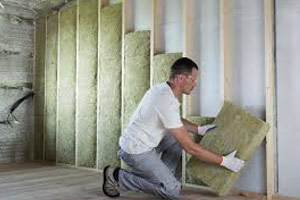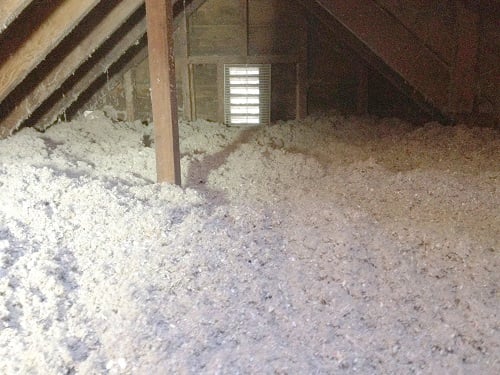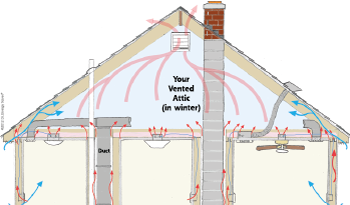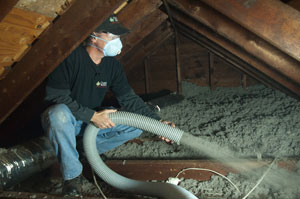Loose fill blown in insulation is best for tight spaces or if your attic already has a layer of insulation that just needs to be topped off.
Blown in attic insulation adams wi.
The first one applies at the time of installation and the other one applies long after the installation.
Find your zone on the map and then use the chart to determine the level of insulation you need to properly insulate your attic walls floors and crawlspaces.
The specially designed atticat machine conditions the insulation by adding millions of tiny air pockets that give the material its insulating power and energy saving r value over time.
Bills03303 via flickr cc by 2 0.
The situation was made much worse by the attic s blown in cellulose insulation.
Then to really seal the attic access up tight says olson lay fiberglass batt insulation on the inside of the hatch or door and wrap it up tight like a christmas present photo 3.
The hole is then.
If you think you re among the 90 of us homes that are under insulated 1 performing a simple insulation inspection will help you determine your insulation needs.
To install blown in insulation in existing walls holes are drilled at the top of each stud space usually on the exterior and material is blown in via a long flexible hose.
We start with this common type of insulation and a word of caution.
If you choose loose fill insulation you ll need to rent a machine to install it.
Having the correct amount of attic insulation can help you maintain a comfortable temperature throughout your home and help save money on your energy bills plus prevent major issues like ice dams in the winter.
Our teams recently helped a homeowner clean up after burst pipes in the attic.
The type of material you use is up to you.
To keep the blown in insulation from falling through the attic hatch opening make a 2x12 dam around the hatch perimeter.
Atticat expanding blown in insulation is designed for your attic insulation project in new or existing homes.
Achieving greater r values in attics the higher the r value the better the thermal performance of the insulation.









